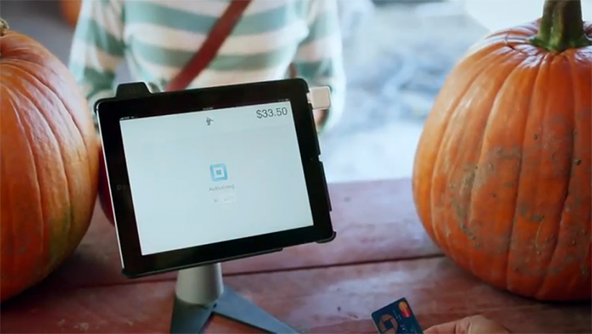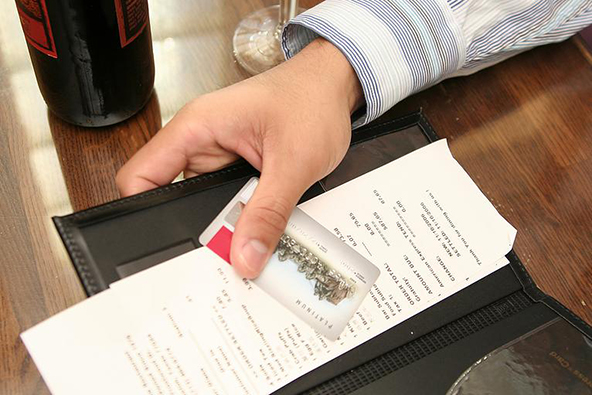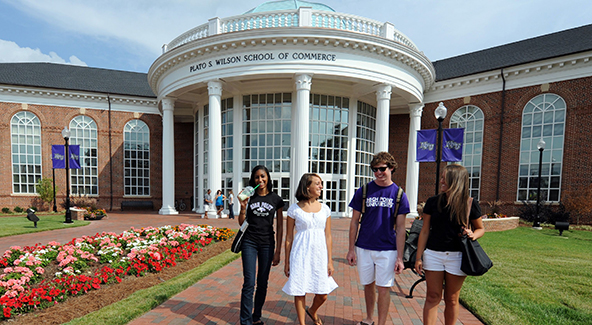Square’s Coming-of-Age Party Is On

And you are invited! It’s going to be held at a Starbucks near you. You need to bring your own phone (and make sure you download the Square app), but you can leave your wallet at home. Make that “should leave your wallet at home”. Pulling out a credit card or fumbling for cash at the checkout would seem like a throwback to a bygone era and you don’t want to be treated as a relic, do you?
The party announcement is also informing us that, as Starbucks customers, we “will be able to discover local Square businesses — from specialty retailers to crafts businesses”. We seem to be encouraged to take the party to them. There are also some less thrilling bits and pieces of information thrown into this party invitation and even more that are left out of it. It so happens that these are the ones I’m interested in and I’d like to say a few words about them.
Square Becomes Starbucks’ Payment Processor
That much, at least, is clearly stated. But no more than that. We don’t know what the terms of the deal are. Somewhat amusingly, rather than speaking about their own newly-struck partnership, the CEOs of the two companies in question focus instead on its effect on other businesses. Here is Starbucks’ Howard Schultz:
Because Square’s revolutionary technology allows anyone to accept credit and debit cards, it gives entrepreneurs an essential tool to jump-start their business while providing existing small companies access to new customers. This development can play a vital role in spurring small business growth and hiring, which remains one of our country’s most important issues.
And here is Square’s Jack Dorsey:
More than 2 million individuals and businesses can already use Square. This partnership will accelerate our ability to provide them with the tools they need to grow their business and thrive in today’s economy.
I don’t get it. Why are they talking about helping other businesses grow when announcing a deal involving only their own two companies? And how is this partnership going to “play a vital role in spurring small business growth and hiring”? Can I say that this sounds absurd? Anyway, if the two CEOs are too coy to speak about their partnership, let me take up the task.
Square Has Come of Age
That is now official. No longer is Jack Dorsey content with providing payment processing capabilities to consumers who may have a need for his card reader once or twice a year or with servicing a-few-thousand-dollar-a-month “killer cupcake makers“. He’s been trying to get his iPad app into brick-and-mortar retailers for quite some time, but the Square Register, as it is called, had a rather big hurdle to overcome — its own payment processing rate. See, for most retailers, Square’s pricing structure — a swipe rate of 2.75 percent and a key-entered one of 3.50 percent plus $0.15 per credit or debit transaction — is just too high when compared to a traditional processor’s rate. A merchant signed up to the interchange-plus pricing model would enjoy a substantially lower average credit card processing rate and, following the reduction of the debit interchange last year, a vastly lower average debit card processing rate.
However, because Square charges no per-transaction fee for swiped transactions, its pricing model favors merchants selling small-ticket items. Back in February of 2011, we calculated that:
[F]or a regular Visa credit card Square’s cut is 1.21% and for a regular MasterCard credit card it is 1.16% [calculations based on then-current interchange rates]. The start-up makes less on rewards cards, but more on check cards and we don’t know what its portfolio’s transaction make-up is. In any case, for regular credit cards, Square’s break-even threshold would be at about $8.50. In other words, the start-up would be making money from processing larger transaction amounts, but losing money on lower transaction amounts.
So if I owned a coffee shop, I would have made the transition to Square long time ago. In that respect, a tie-up with Starbucks seems like a natural thing to do. We don’t know what the average size of a Starbucks’ card transaction is, but it’s sure to be low. In fact, so low that it may well fall below Square’s break-even threshold. Does that mean that Square will be losing money from its newly-acquired merchant? No, it doesn’t. To begin with, Square (unlike PayPal) just can’t afford to provide below-cost payment processing to a merchant of that size, whatever the potential marketing benefits may be. Moreover, Starbucks did not invest $25 million in Square, just so that it could squeeze it to the breaking point.
No, what must have happened instead is that Square has matched the terms of Starbucks’ still-current processing agreement. I don’t know what they are, but I think it would be a safe bet to assume that Starbucks is paying no more than a smidgen above interchange. Dorsey has admitted that Starbucks has been given preferential treatment, but hasn’t elaborated. Here is what he’s told Reuters:
Obviously as you scale up, you do see reductions in cost and Starbucks is a very significant scale compared to a lot of other merchants in the world.
Yes, it does help to be big in this world.
The Takeaway
At a conference in London a couple of weeks ago, Mario Draghi, the president of the European Central Bank (ECB), likened the euro to a bumblebee. “This is a mystery of nature,” he noted, “because it shouldn’t fly but instead it does” and did so “very well for several years”. However, “something must have changed in the air” in the years after the financial crisis, which has made it very difficult for the bumblebee to keep flying quite as effortlessly as it once did, Draghi observed. So to cure the problem and resume its carefree flying lifestyle, Draghi concluded, the “bumblebee would have to graduate to a real bee”.
I’m not sure if Mario Draghi got his entomology right, but he certainly did make his point. And I, for one, couldn’t help but identify the protagonist of the ECB president’s bumblebee story with the subject of my present exercise. See, for the first couple of years of its existence Square’s processing rates were high enough to repel the merchants, which traditional processors were interested in. And yet, rather than lose altitude, the start-up kept flying, focusing instead on consumers and small one- or two-person operations, in whom no one had hitherto shown any interest, attracting a couple of million of them in the process. Now the Starbucks deal has marked Square’s metamorphosis into a real bee processor. The difference is that Jack Dorsey and company didn’t wait for the world to start falling apart around them, before they made that decision.
Image credit: Squareup.com.


